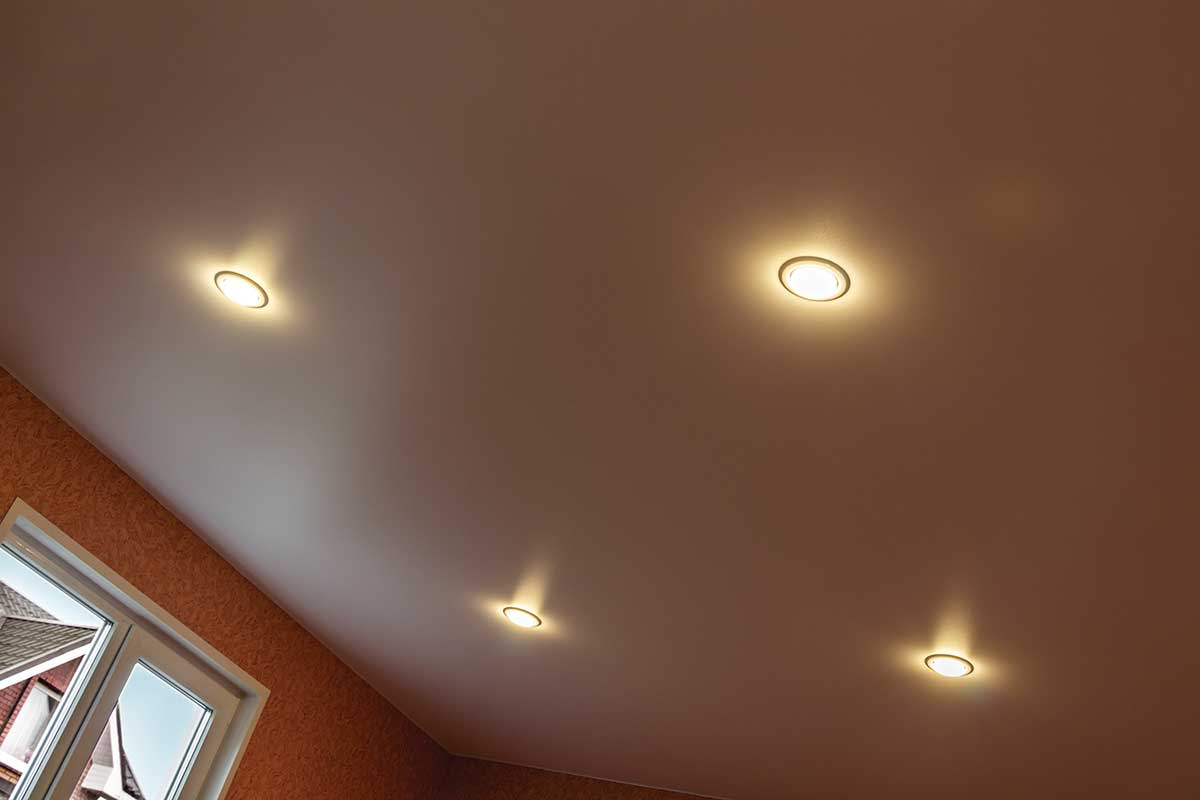I’ve inspected several 3-inch diameter or smaller recessed light emitting diode (LED) disc luminaires mounted in hard ceilings. They are Certified (Listed) luminaires. However, the luminaire hole in the ceiling is too small for me to access the driver or to inspect the branch circuit wiring connection as required by NEC 410.8. How are these luminaires intended to be installed?
Some recessed LED luminaires are equipped with a small diameter light source for installation into a ceiling or wall. Sometimes the hole cut in the surface to mount the LED disc is too small for a hand to get into a wall or ceiling to access the wiring compartment when the light source is removed. When this happens, an inspector may be unable to inspect a luminaire conductor connection to the branch circuit as required in NEC 410.8. If the luminaire installation does not permit access to the field wiring compartment from the front, then the wiring compartment must accessible from above the ceiling or behind the wall where the luminaire is installed.
UL Certifies (Lists) recessed LED luminaires under the product category Light-emitting-diode Recessed Luminaires (IFAO). The luminaire installation markings section in the IFAO guide information states that “Luminaires which, by their construction, do not permit access to or inspection of field-wiring connections from the front of the luminaire, after installation, are marked ‘ACCESS ABOVE CEILING REQUIRED’ or ‘ACCESS BEHIND WALL REQUIRED.’”
The guide information and Certifications (Listings) for the IFAO category can be viewed on UL Product iQ™ at https://www.ul.com/piq; enter IFAO at the search field. Searching Product iQ is complimentary, but full access requires registration.
Can putty pads be used on ceiling electrical boxes in a fire-rated ceiling?
No, putty pads cannot be used on ceiling boxes. Putty pads is an industry term for sheets or pads of intumescent material that may:
- Wrap around the outside of an electrical box
- Be inserted into the back of an electrical box
- Installed as a type of gasket under an electrical device cover plate. All installed in accordance with their instructions
When the intumescent material is subjected to heat from a fire, the material expands to close off a wall opening or provides a heat barrier to prevent fire spreading into electrical box wall openings on the surface membrane of fire-resistance rated walls and partitions. Putty pads are Certified (Classified) for use on electrical boxes installed into fire resistance rated wall and partition assemblies, but are not Certified (Classified) for use on electrical boxes installed into fire-resistance rated ceiling assemblies.
Putty pads are Certified (Classified) under the product category Wall-opening and Protective Materials (CLIV). This category covers wall-opening protective materials investigated for use in fire-resistance designs as detailed in the product category Fire-resistance Ratings – ANSI/UL 263 (BXUV). The protective materials are proprietary compositions used to maintain the hourly ratings of fire-resistive walls and partitions with flush-mounted devices such as outlet boxes, electrical cabinets and mechanical cabinets.
The metallic electrical outlet boxes information in the walls and partitions section of the product category BXUV guide information specifies the conditions under which Certified metallic outlet and switch boxes may be installed within fire-resistance rated wall assemblies constructed with bearing and nonbearing wood or steel studs and gypsum board facings. In addition, the Outlet Boxes and Fittings Certified for Fire Resistance product category (CEYY) includes Certifications for nonmetallic outlet boxes and describes the conditions in which these types of outlet and switch boxes may be installed within fire-resistive wall assemblies. Using wall-protective materials may allow less stringent installation conditions for either type of outlet or switch boxes. Potential gains include:
- Reduced spacing between boxes contained on opposite sides of a wall
- Increased box size
- Increased density of installed boxes
- Use of boxes on each side of staggered stud walls
The individual certifications indicate the specific applications and installation method for which the materials have been investigated.
The guide information and Certifications (Classifications) for the CLIV and CEYY categories and fire resistance designs described in BXUV can be viewed on UL Product iQ™ at https://www.ul.com/piq; enter CLIV, CEYY or BXUV at the search field.














Find Us on Socials